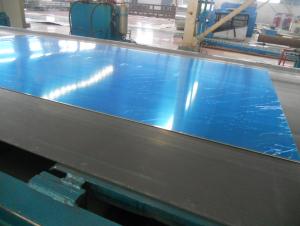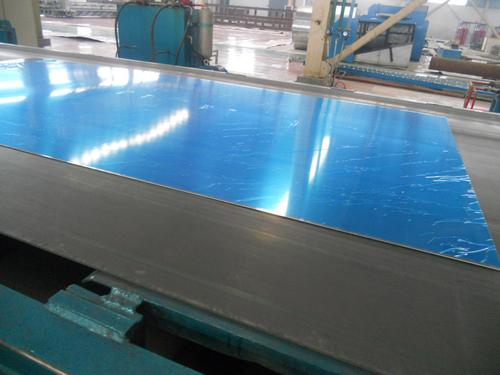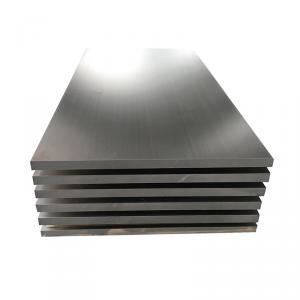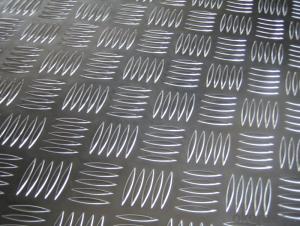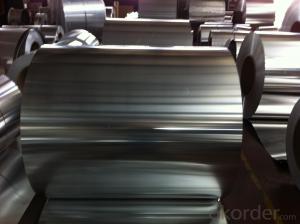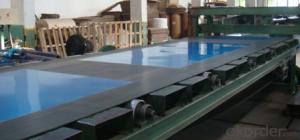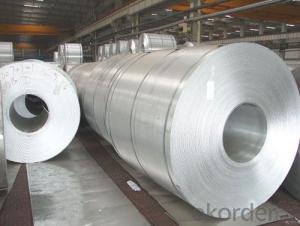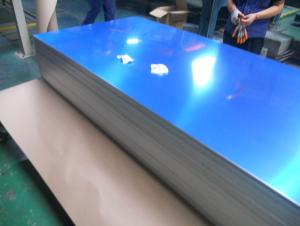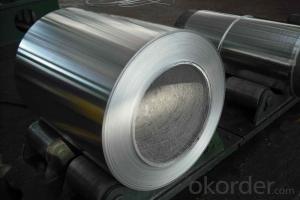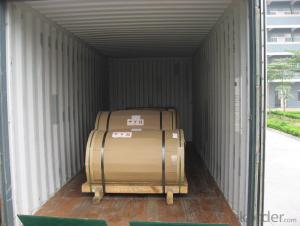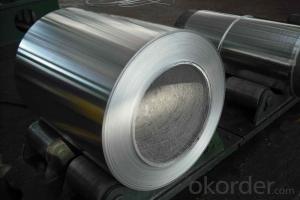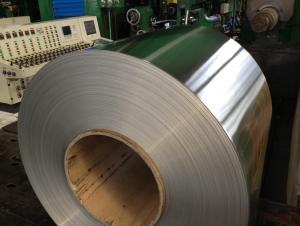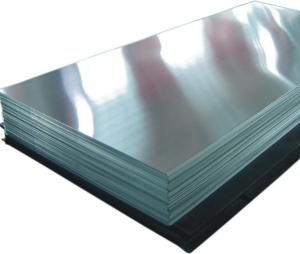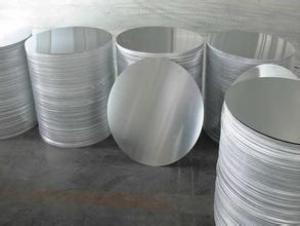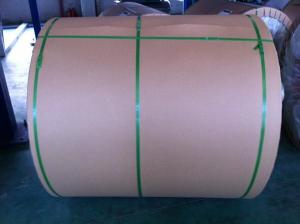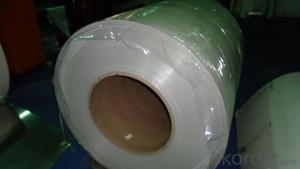Aluminum Tin Continuous Rolling Aluminium Coils for Re-Rolling
- Loading Port:
- Shanghai
- Payment Terms:
- TT OR LC
- Min Order Qty:
- 5 m.t.
- Supply Capability:
- 500 m.t./month
OKorder Service Pledge
OKorder Financial Service
You Might Also Like
Specification
1.Structure of Continuous Rolling Aluminium Coils for Re-rolling
Continuous Rolling Aluminium Coils for Re-rolling is one semi-finished aluminium material. This strip can be rolled down to aluminium coil,sheet,circle ect. The alloy AA1050 is widly used in building, industry ect. Its weight is much lower than steel. So many customers choosed aluminium material instead of steel.
2. Main features of Continuous Rolling Aluminium Coils for Re-rolling
a.Competitive price---We have our own mills and can produce mill finished aluminium coils, so we can control the production cost better.
b.Professional after-sale service---We have more than 15 years exportation experience and you need not worry about the exporation problems.
c.Fast delivery time---We can control the delivery time within 35 days.
3. Image
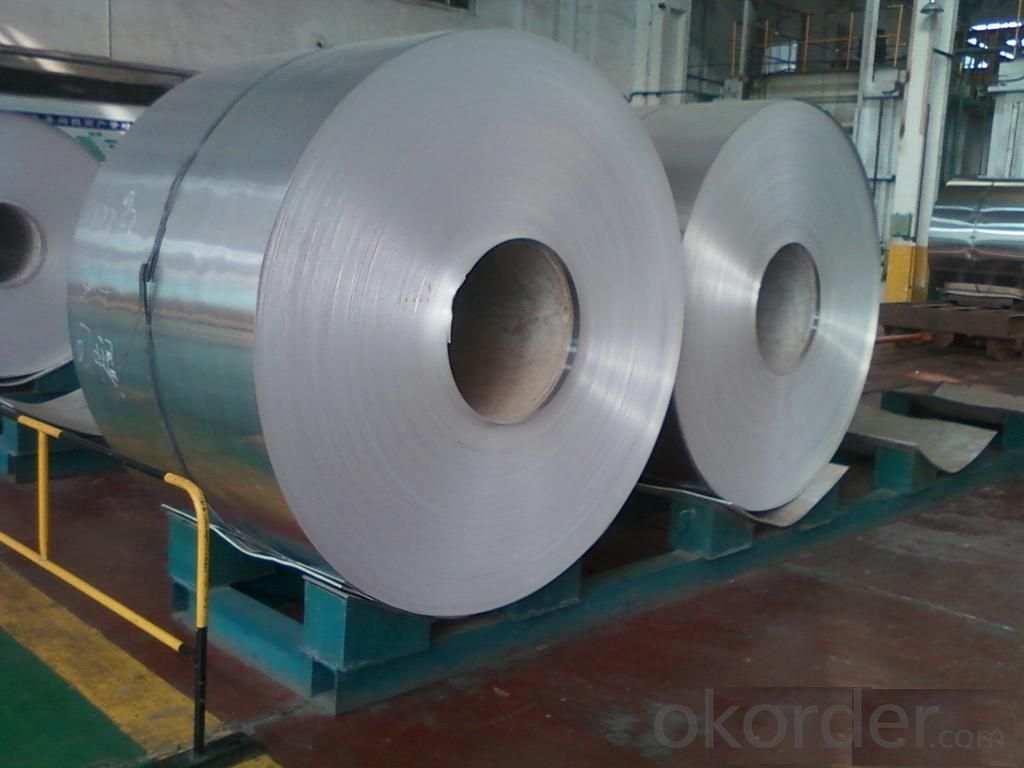
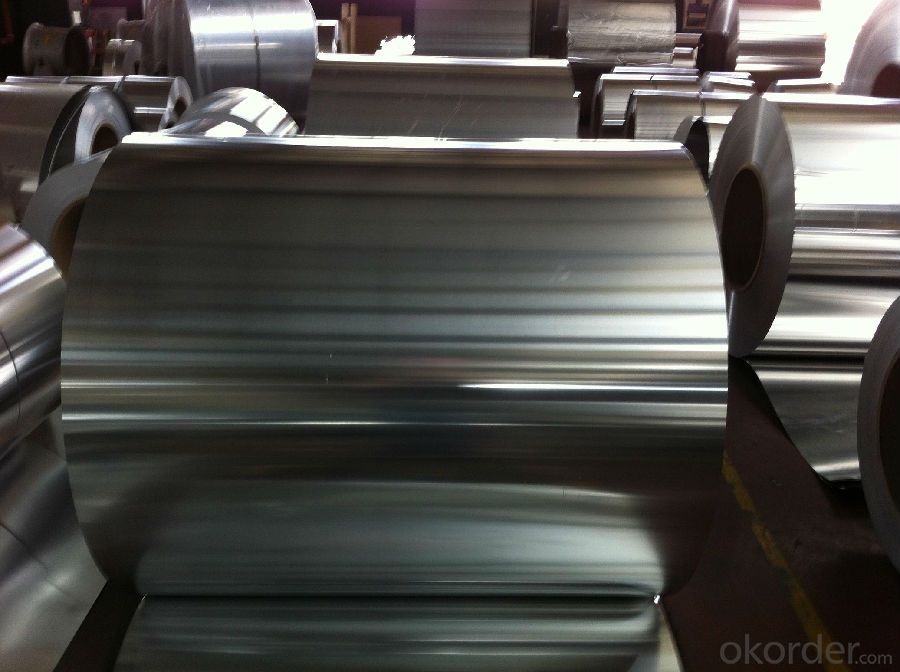
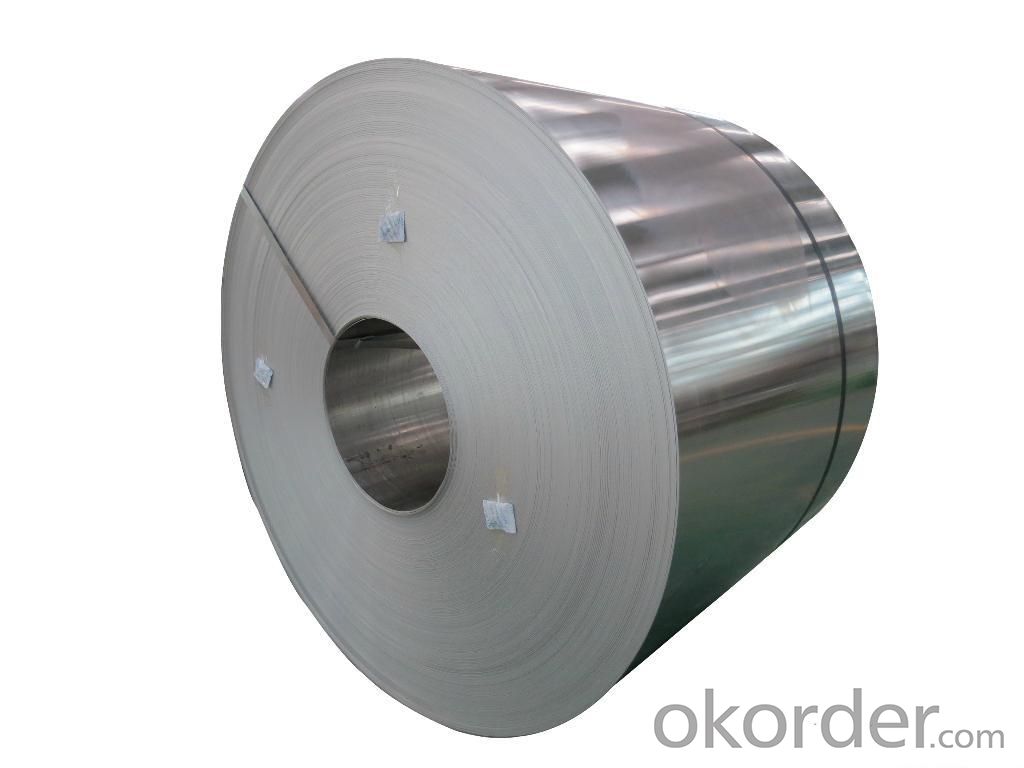
4. Product Specification
| ALLOY | TEMPER | THICKNESS | WIDTH | WEIGHT |
| AA3003 | H14 | 3MM-8MM | 1000MM-1500MM | 2 TONS |
5.FAQ:
What is the quality standard?
---Usually our standard is GB3880-2006
What is the largest width?
---It is 2300mm
What is the MOQ?
---Usually we can accept 80 tons.
- Q: I recently had a new bridge plate and knobs made from aluminum for my guitar. They are bare uncoated aluminum. How would I go about protecting the parts from oxidation and corrosion? I just worry about the bridge plate because of sweat from playing my guitar near the bridge. There are no local places to get the parts chromed or anodized unfortunately.
- in case you have coverage or can cope with to pay for to - flow see an Ear nostril Throat wellbeing care professional (additionally spoke of as otolaryngologist or ENT for short) it incredibly is the main secure and smartest element to do. maximum probable he will prescribe an ear flush for you that works o.k.. additionally, listening to in triplicate may well be a symptom of nerve inflammtion or different ailment which will properly be examined for quite truthfully by potential of a doctor. Odds are this is not something, yet extra effective risk-free than sorry.
- Q: What is the typical modulus of elasticity of aluminum sheets?
- The typical modulus of elasticity of aluminum sheets is around 70 GPa (Gigapascals).
- Q: is there aluminum oxide on the surface of aluminum sheet after being polished by abrasive paper?
- aluminum will be oxided as aluminum oxide once being exposed in air.
- Q: Trying to find the best aluminum powder I can buy for rocket engines and pyrotechnic (fireworks) uses?
- For okorder (I think there prices are the same as the other high end brands, except Star Molecule is not diluted, and it works better from my experience).
- Q: Can aluminum sheet be used for electrical enclosures?
- Indeed, electrical enclosures can indeed utilize aluminum sheet. The remarkable conductivity, lightweight composition, and resistance to corrosion render aluminum a favored option for electrical enclosures. It effectively safeguards against electromagnetic interference and possesses commendable heat dissipation properties. Moreover, aluminum boasts malleability, enabling the production of intricate shapes and designs. In summary, aluminum sheet is a fitting material for electrical enclosures and finds widespread application in diverse industries like electronics, telecommunications, and power distribution.
- Q: How many atoms are in a 2.80 cm* 2.80cm*2.80cm cube of aluminum?
- 2.8cm * 2.8cm * 2.8cm= 21.95 cm^3 is volume of Aluminum present Density of Al = 2.7g/cm^3 Convert volume of aluminum into grams of Aluminum, make sure your units cancel 21.95 cm^3 * (2.7g/1 cm^3) = 59.26 g Al Next, find how many moles of Al you have. MW Al = 27g/mol 59.26/27 = 2.19 moles Al Use Avogadro's number to find number of atoms of Al - 2.19 moles Al * (6.022x10^23 atoms/1 mol Al) = 1.32x10^24 atoms Al
- Q: What is the typical yield strength of aluminum sheets?
- The typical yield strength of aluminum sheets can vary depending on the specific alloy and temper, but it typically ranges from 15,000 to 40,000 psi (pounds per square inch).
- Q: Are 101 aluminum sheets suitable for heat exchangers?
- Yes, 101 aluminum sheets are suitable for heat exchangers.
- Q: How do I join aluminum sheets together?
- One common method to join aluminum sheets together is through welding. Aluminum can be welded using various techniques such as Tungsten Inert Gas (TIG) welding or Metal Inert Gas (MIG) welding. These methods involve melting the edges of the aluminum sheets and fusing them together using a filler material. Another option is using adhesives specifically designed for aluminum bonding. These adhesives create a strong bond between the sheets when applied correctly. Additionally, mechanical fastening methods like riveting or bolting can also be used to join aluminum sheets together. The appropriate method depends on factors such as the specific application, desired strength, and aesthetic requirements.
- Q: Can aluminum sheets be used for lithographic printing?
- Yes, aluminum sheets can be used for lithographic printing. Lithographic printing, also known as offset printing, is a popular printing technique that involves transferring an image from a plate onto a rubber blanket and then onto the printing surface. Aluminum sheets are commonly used as the base material for lithographic plates due to their excellent durability, lightweight nature, and ability to hold fine details. The aluminum sheets used for lithographic printing are typically coated with a photosensitive emulsion, which allows the image to be transferred onto the printing surface with precision and accuracy. This makes aluminum sheets an ideal choice for lithographic printing, especially for high-quality and large-scale printing projects.
Send your message to us
Aluminum Tin Continuous Rolling Aluminium Coils for Re-Rolling
- Loading Port:
- Shanghai
- Payment Terms:
- TT OR LC
- Min Order Qty:
- 5 m.t.
- Supply Capability:
- 500 m.t./month
OKorder Service Pledge
OKorder Financial Service
Similar products
Hot products
Hot Searches
Related keywords
